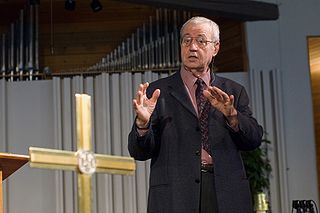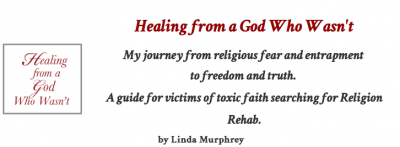Connected Truth: The Claims of Truth
 Read Part 1.
Read Part 1.
The Lord Jesus Christ not only brought with Him grace and truth (Jn. 1:14), but He was that Truth. His presence on our planet brought light to shine upon the darkness all around. Coming to Jesus is always a coming out of darkness into light. The light is His light just as the Truth is His Truth. By this I mean to say that there is no distinction between Him and what He brings. Since Jesus is the Truth just as much as He is the Word (Jn. 1:1-2) He must bring Truth.
It is not enough to say that He personifies truth. We must insist that truth cannot exist on its own independently of Jesus, His Father and the Spirit of Truth. Truth exists because God exists, If God did not exist truth would not exist, The idea of truth “out there”—truth to be agreed with as an impersonal standard, is impossible. Although it is seen that way within non-biblical worldviews, truth does not and cannot be attained without contact with the personal God—who is Truth.
Discussion
Connected Truth: Story of a Search

Before I became a Christian at the age of 25 I had a yearning for truth. I tried to find it, of all places, at the local pub, “The Bull.” Not the deep truth of philosophers; just the everyday truth of belonging. Real ale and parties and pub banter provided the backdrop for this belonging. The trouble is, it wasn’t very “real.” The conversation was aimless and repetitive: we knew it all and knew absolutely nothing.
When I reached twenty I discovered a book about Michelangelo among my mother’s books. The amazing brilliance of this artist: painter, sculptor, architect, poet, as well as his brooding persona, and his dedication to the “Christian” humanist ideal, captivated me. I began to read about art history, beginning with Vasari’s Lives and broadening out into all periods. I found the expressions of truth in Caravaggio’s mixing of serenity and menace, Brueghel’s depictions of death in the midst of pastoral beauty, the dignity of the mundane in de Hooch Claude’s use of light, Constable’s clouds, Cezanne’s geometrical preoccupations. Men like these helped me to see that truth lay within the world around me. But for the most part, truth remained aloof.
The work of Vasari is punctuated by the presence of a man whose influence profoundly affected many of the artists Vasari wrote about. That man was a Domenican priest by the name of Girolamo Savonarola (d.1498). Roman Catholic though he was, from the accounts of his life which I have read, it appears that Savonarola was a converted man. But putting that question aside, what impressed me about him was how his preaching in the great cathedral at Florence brought about a real reformation in morals and a true fear of God in that Renaissance city.
Discussion
Free Kindle Book: Love the Least (A Lot)
Discussion
How a Cold-Case Atheist Detective Became a Case-Making Christian
Body
“Jim became a Christian, not because he had any life problem he needed to fix… but because he became convinced that Christianity is true.” Salvo Magazine
Discussion
Who is Your Proxy?

Two old friends bumped into one another on the street one day. One of them looked forlorn, almost on the verge of tears. His friend asked, “What has the world done to you, my old friend?”
The sad fellow said, “Let me tell you. Three weeks ago, my uncle died and left me forty thousand dollars.”
“That’s a lot of money.”
“And, two weeks ago, a cousin I never even knew died, and left me eighty-five thousand dollars.”
“Sounds like you’ve been blessed!”
“You don’t understand!” he interrupted. “Last week my great-aunt passed away. I inherited almost a quarter of a million.”
Now the friend was really confused. “Then, why do you look so sad?”
“This week…nothing!”
Discussion
Book Review - A New Testament Biblical Theology by G. K. Beale
[amazon 0801026970 thumbnail]
Christians today are blessed with a wide variety of resources for studying the Bible. In America, it seems that every few months some must-read theology book hits the press and promises to revolutionize our understanding of God’s Word. And many of these books truly are helpful. We really have no excuse for not understanding Scripture more and being more conformed into the likeness of Christ, given the endless resources meant to help us do just this.


Discussion